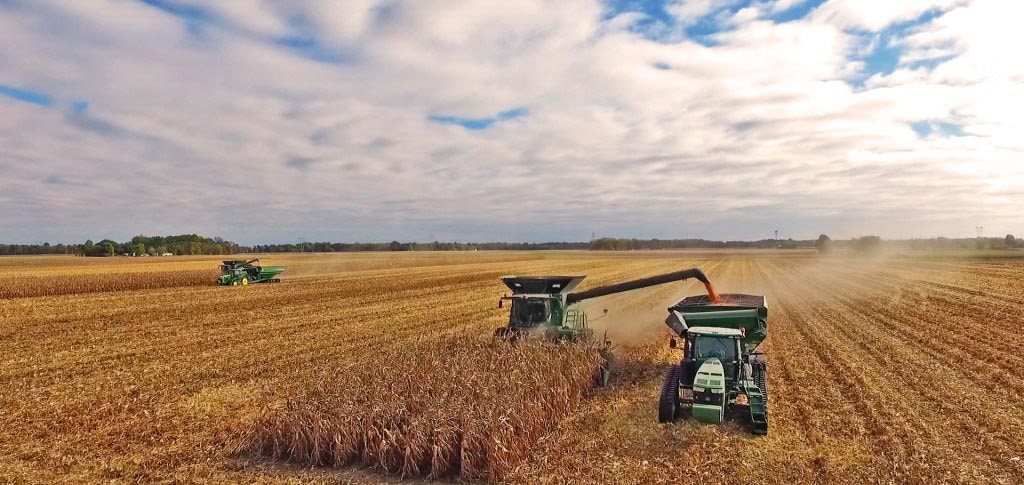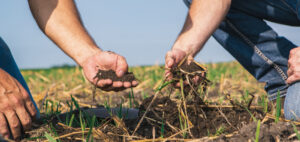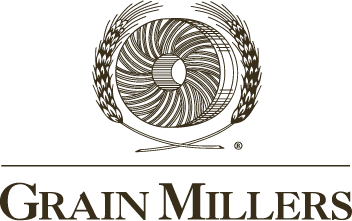Tips to Producing Food-Grade Corn, part 3 – Harvest
January 14, 2019
This is part three of our four-part series on producing food-grade corn. (See part 1 on Field & Seed Selection; part 2 on Disease Management; and Part 4 on Drying, Storage, and Handling.)
Proper harvesting techniques are important for creating initial grain quality, as many attributes are affected by harvest. When starting harvest, grain moisture should be around 20% if possible. Wet corn or corn that becomes too dry prior to harvest will break or crack easier during the threshing process.
PURCHASING SPECIFICATIONS
Grain Millers purchasing specs allow for a maximum of 2% broken corn and foreign material (BCFM). BCFM is measured by shaking a sample over a 12/64th round sieve – anything that falls through is considered part of this content.
REDUCING CRACKED & BROKEN KERNELS
Proper adjustment of the combine can help growers meet these requirements. Start with a wider concave setting and lower rotor speeds than recommended. Once harvest has started, begin to increase speeds and tighten the concave to find the ideal settings. By performing the process in this manner, you will reduce the amount of cracked and broken kernels which become FM in the final grain product. It can also be beneficial to increase fan speed to help reduce the amount of FM in the grain.
REDUCE GMO CONTAMINATION
Reducing GMO presence in Non-GMO and organic corn is critical when striving to participate in the food market. Though you have carefully planned field locations, it can be difficult to completely control pollen drift. To help reduce the risk of GMO contamination, it can be beneficial to harvest border rows, keeping that corn separate from what is being sent to the food market until it can be tested for GMO presence. It is also suggested that you have your seed tested prior to planting for detection of any GMOs.
HARVESTING WHITE CORN
When harvesting white corn, the border rows should also be used to help flush any yellow corn from the combine and other equipment. This is done to reduce the risk of yellow corn contamination in the grain. Flushing equipment is still important in yellow corn harvest, but it is done to help reduce general foreign material.
NEED ASSISTANCE?
If you have questions about producing or harvesting food-grade corn, our Crop Sciences team is here to help. Please feel welcome to contact your Grain Millers representative.
More in this series:
- Part 1 – Field & Seed Selection
- Part 2 – Disease Identification, Management & Prevention
- Part 3 – Harvest (You are here)
- Part 4 – Drying, Storage & Handling
Please note: The information in this post is a reference tool for corn growers in the upper Midwest of the United States, including parts of Minnesota, Wisconsin, North Dakota, South Dakota, and Iowa. This information is believed to be accurate and complete, however, it is designed for informational purposes only and Grain Millers, Inc. makes no representation, warranty, or guarantee that desirable results will always be obtained if followed.


